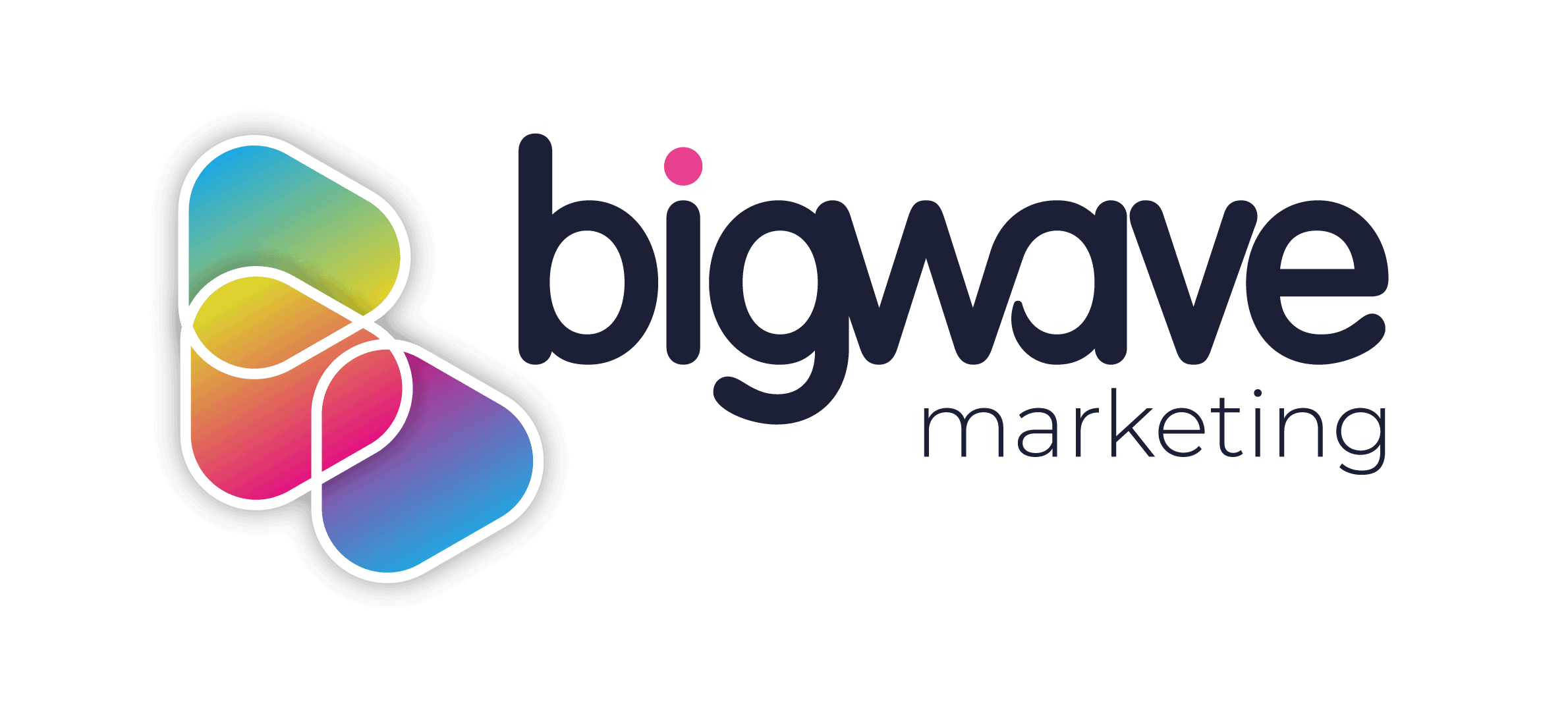Finding and engaging the right audience online is becoming more challenging, and more essential, than ever. As consumer behaviour evolves and digital platforms continue to diversify, marketers must regularly reassess how they use paid media to connect with the right people, at the right moment, and on the right channel.
Whether you’re a seasoned performance marketer or a brand strategist branching into digital advertising, staying ahead means understanding where the biggest opportunities lie, and how to adapt to a fast-moving, privacy-first media environment.
Here’s what marketers need to know right now.
The evolution of paid media platforms
Paid media has moved far beyond Google Search and Facebook News Feeds. In the UK, today’s landscape includes a dynamic mix of platforms, from established players like YouTube and LinkedIn to rapidly growing channels such as TikTok, Pinterest and Snapchat.
Retail media is also gaining traction, with UK-focussed platforms like Amazon Ads, Tesco Media & Insight Platform and ASOS Media Group offering powerful opportunities to reach shoppers at the point of purchase. Additionally, platforms like Sky’s AdSmart and ITVX are transforming TV advertising into a highly targeted digital channel, making broadcast media more accessible to brands of all sizes.
Meta’s integration of Threads into its advertising ecosystem also marks a strategic move to help brands reach more diverse and highly engaged audiences. This addition broadens the touchpoints available to advertisers, reflecting the platform’s commitment to innovation and audience-centric campaign planning.
As in other markets, the UK is also seeing a shift driven by tightening privacy regulations (like GDPR) and changes to third-party cookie tracking. This makes it more important than ever for marketers to leverage platform strengths, invest in first-party data and adopt a test and learn mindset.
Key takeaway: The UK’s paid media landscape is diverse and fast evolving. Explore new formats, experiment with retail media and prepare for a privacy-first future.
Smarter audience targeting: what’s new?
Audience targeting is becoming more intelligent, but also more nuanced. UK advertisers are navigating a rapidly evolving landscape where machine learning and automation play a central role. Campaign types like Google’s Performance Max and Meta’s Advantage+ are widely used by UK brands to streamline targeting and optimise delivery across channels.
However, the balance between precision and privacy is sharper than ever. The UK’s adherence to GDPR continues to influence how data can be collected and used, pushing marketers toward privacy-conscious strategies. As a result, contextual targeting, interest-based segments, and AI-generated audiences are gaining traction, especially in sectors where consent-based data is harder to obtain.
First-party data is becoming the cornerstone of effective audience strategy. UK brands are increasingly integrating CRM data, loyalty schemes (particularly strong in retail and grocery sectors) and email subscriber lists into platforms like Google and Meta to enrich targeting and build resilient campaigns.
Key takeaway: In the UK’s privacy-centric environment, blend AI-powered automation with strong first-party data practices to build smarter, future-proof targeting strategies.
Choosing the right channel mix
Not all channels are created equal, and in the UK, your ideal platform mix depends heavily on your business objectives, industry and audience behaviour.
- B2B brands often find strong performance through LinkedIn’s precise professional targeting, especially for sectors like finance, tech and professional services. YouTube is also effective for thought leadership and educational content that nurtures longer sales cycles, with formats like Shorts and in-stream skippable ads offering versatile ways to engage audiences at different stages of the funnel.
- B2C and e-commerce brands in the UK are increasingly prioritising TikTok and Instagram Reels for discovery and engagement, Meta (Facebook and Instagram) for retargeting and conversions and Google Shopping for capturing high-intent traffic. Platforms like Pinterest, Snapchat and Spotify also play a role – particularly in fashion, beauty and home categories – with Snapchat and Spotify offering valuable options to reach a younger audience.
UK consumers are savvy and multichannel by nature, often switching between platforms before making a purchase. That’s why omnichannel strategies that deliver cohesive messaging across social, search, video and display tend to outperform single-channel campaigns.
Key takeaway: In the UK market, tailor your media mix to the customer journey. Test channels based on where your audience spends time and how they make decisions.
Creative trends driving paid media success
In today’s scroll-heavy digital world, creative is often the difference between a skipped ad and a conversion. For UK audiences, who are both highly mobile and highly discerning, platform-native content is no longer a nice-to-have; it’s essential. TikTok-style videos, Instagram Reels and even YouTube Shorts have set new expectations for how content should look, feel and behave.
Across sectors, UK brands are seeing success with authentic, quick-turn creative that favours relevance and relatability over glossy production. From challenger brands to high street retailers, there’s a growing shift towards user generated content (UGC), influencer collaborations and vertical video to drive engagement and build trust.
Even static ads are evolving with tools like Dynamic Creative Optimisation (DCO), which allows platforms to automatically serve tailored ad variations based on audience signals – perfect for retail, travel and other fast-moving verticals.
Key takeaway: For UK audiences, authenticity and agility win. Create native content that fits the platform and speaks directly to your audience’s context and expectations.
Measurement and optimisation in the post-cookie world
With attribution becoming increasingly complex, UK marketers are leaning into blended measurement models to understand performance more holistically. Techniques like multi-touch attribution, media mix modelling and incrementality testing are gaining momentum – especially among brands operating across multiple channels and devices. For larger brands investing in brand awareness, programmatic advertising is also emerging as a key channel, complementing these measurement approaches by offering scalable reach and data-driven targeting.
While platforms like Meta and Google offer native reporting tools, many UK advertisers – particularly in retail, finance and travel, are building custom dashboards and using tools like Google Analytics 4 (GA4) to get a clearer picture of what’s actually driving results. Navigating consent management and GDPR compliance adds an extra layer of complexity to UK data strategies, making clean, privacy-friendly measurement even more crucial.
At the same time, automation is transforming campaign optimisation. Solutions like Meta Advantage+ and Google Performance Max use AI to dynamically allocate spend and serve high-performing creatives. But success depends on setting strong inputs – audience signals, creative assets and business goals, and continuously reviewing performance to keep the algorithms on track.
Key takeaway: In the UK’s privacy-first, multi-channel environment, measure what matters, test rigorously and use automation as a strategic tool, not a set it and forget it solution.
Summary
Paid media is evolving rapidly, but so too are the opportunities to reach and resonate with the right audiences. The most successful brands are those that stay agile – adapting to platform changes, audience shifts and regulatory updates with speed and confidence.
Finding your audience online isn’t just about buying impressions, it’s about understanding UK consumer behaviour, tailoring your creative and messaging to local preferences and selecting the right combination of channels, data and automation to deliver meaningful results.
At Bigwave Marketing, we specialise in helping brands build flexible strategies, unlock the full potential of their data and create authentic, high-performing paid media campaigns. If you’re ready to make your paid media work harder, now and into the future, we’d love to help.

